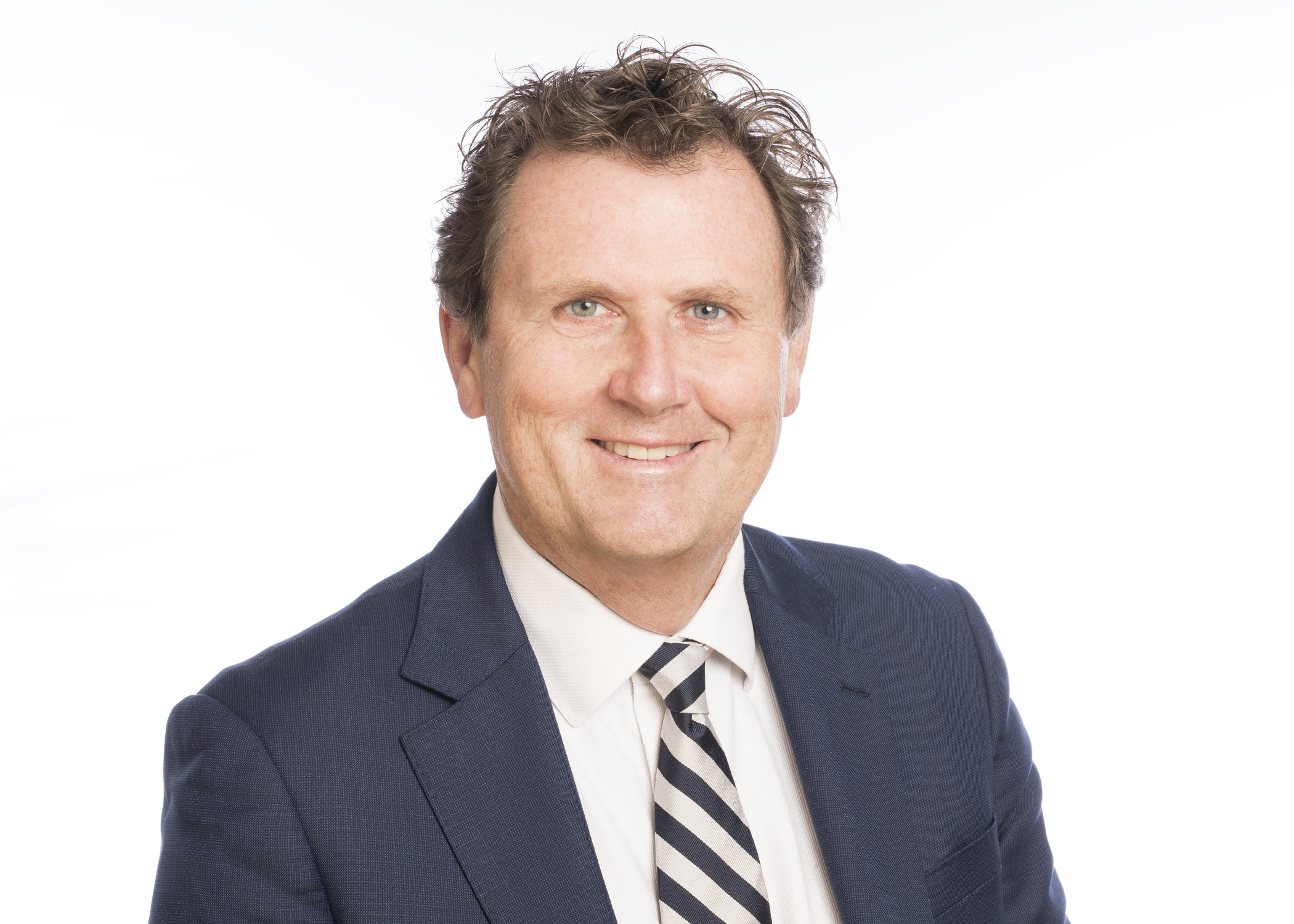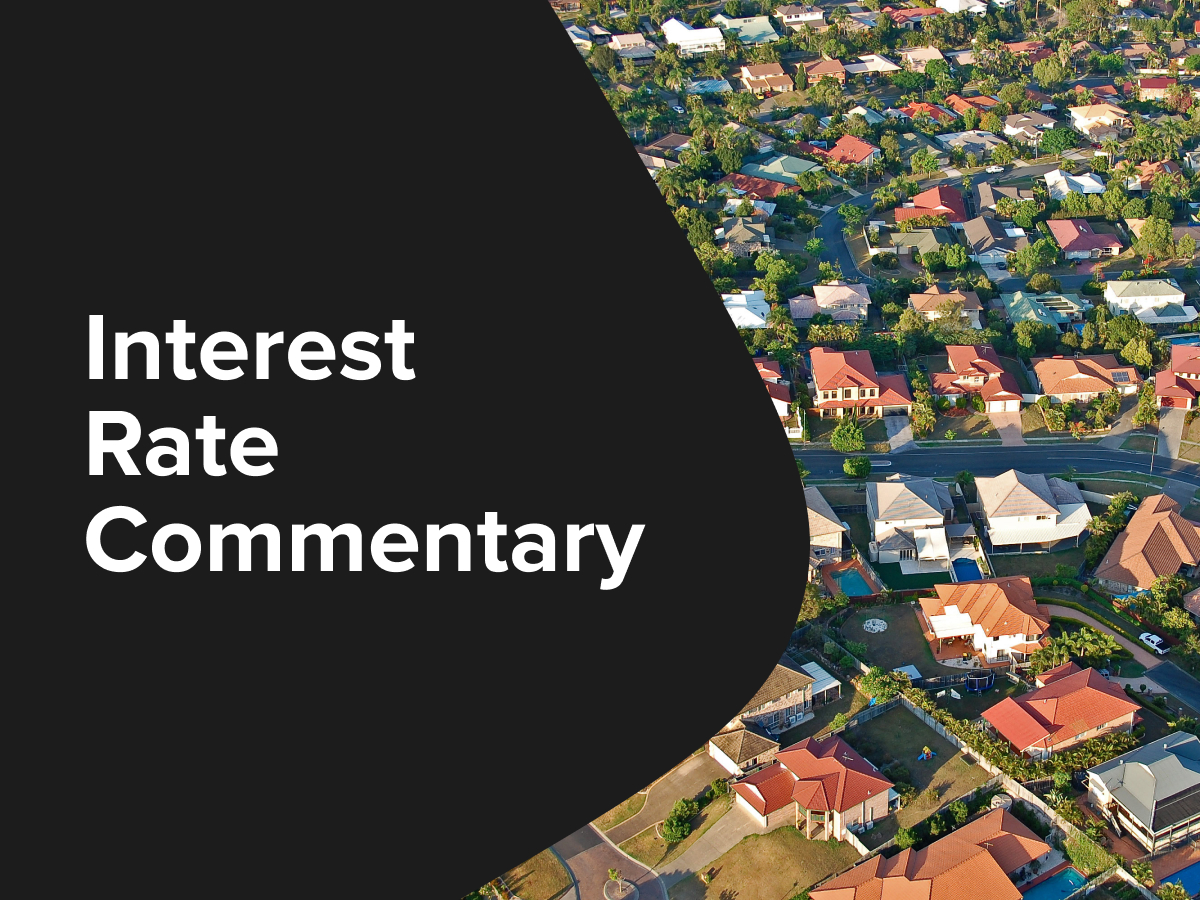Key takeaways:
- RBA holds rates at 3.6%: Despite the recent rise in unemployment to 4.5%, the larger-than-expected Q3 inflation increase (1% q/q) has outweighed labour market concerns for now.
- Inflation pressures broad-based: The September quarter CPI surprise was well above the RBA’s forecasts, reinforcing a more hawkish stance among the majority of Board members.
- Labour market softening but not alarming: While employment growth has slowed, the RBA views the labour market as still relatively tight, and considers the monthly data too volatile to justify further easing yet.
Overview:
- Since the RBA’s Monetary Policy Board met in late September, there have been two unwelcome surprises. First, the unemployment rate for September printed a higher than expected 4.5%. Second, the Q3 Trimmed Mean CPI published last week was 1% q/q.
- Both outcomes are material misses compared to the August Statement on Monetary Policy. In August, the RBA staff forecast the unemployment rate to remain at 4.3% for the next thirty months (that forecast always seemed extremely unwise to me as there has been no period in the past thirty years, let alone thirty months, where the unemployment rate has been broadly unchanged). The staff forecast for trimmed mean inflation rate was 2.6% for the next twenty-four months and 2.5% for the final six months of the thirty-month forecast. That’s effectively a 0.65% q/q outcome on average.
- The Governor recently described a 0.3 percentage point quarterly inflation forecast miss as material, while also opining that the labour market remained a little tight, an unemployment rate of 4.5% was still very low, lead indicators did not warn of significant unemployment rises, the monthly labour force numbers remain quite volatile, and recently softer employment was attributed to prior weakness in the economy, which is now assessed to be strengthening a little.
- This strongly suggests at least six members of the Monetary Policy Board will vote for no change in interest rates at this meeting (in my view, the Governor, Deputy Governor and the four members of the Board that transferred across from the pre-existing RBA Board). It will be interesting to see whether there are any dissents at this meeting – remember three members of the Board (probably – again in my opinion – the two new members and the Secretary of the Treasury) voted in July to ease immediately, being more concerned about unemployment risks and having seen sufficient evidence of low inflation in the two monthly CPI releases to not need to wait for the Q2 CPI. This group may be more concerned about slow growth in employment even though the labour market appears to be broadly in balance – interestingly, the same development has occurred both in the US economy and FOMC members’ views!
- It would have been less likely to have dissents at this meeting, as the CPI pressures were so broad-based in the September quarter. Rising unemployment will, of course, tend to constrain both spending and inflationary pressures.
- The revisions to the RBA staff forecasts are also a key focus. The RBA’s models are always very impacted by the latest prints so the inflation track will be higher – and arithmetically around 3% in the near term – while the unemployment forecast is a little less impacted by the recent monthly 4.5% print, given the model runs on the quarterly average unemployment rate. I’d also expect the RBA to flow through the slightly stronger consumer spending outcomes in recent months to its growth forecasts, which should mitigate any increase in the unemployment rate in the future.
The arguments for no change in interest rates:
- Inflation was materially above forecast in Q3, meaning the RBA’s recent inflation forecasts of inflation at target were too optimistic.
- The rise in the unemployment rate in September is so far not significant enough, nor the monthly data trustworthy enough, to warrant action, given the signal of other leading indicators and signs of somewhat stronger consumer spending.
- The RBA has already made three reductions in interest rates this year, the impact of which is still flowing through the economy.
- The Board meets again in early December and will have the benefit of additional information on the labour market.
Chief Economist
Interest Rates

Chief Economist
Ivan joined CreditorWatch as Chief Economist in October 2024. He is a highly experienced chief economist and keynote speaker on the economy and financial markets.
Most recently, Ivan was Chief Economist, Corporate & Institutional Banking for National Australia Bank, but has also been Chief Economist for Qantas and Chief Economist (Australia) for ANZ and Deutsche Bank. Ivan has also consulted to SEEK, IATA and Virgin Australia.
Ivan holds a Bachelor of Economics with Honours from the University of Tasmania and commenced his career at the Reserve Bank of Australia.
14-Day Free Trial
Get started with CreditorWatch today
Take your credit management to the next level with a 14-day free trial.
